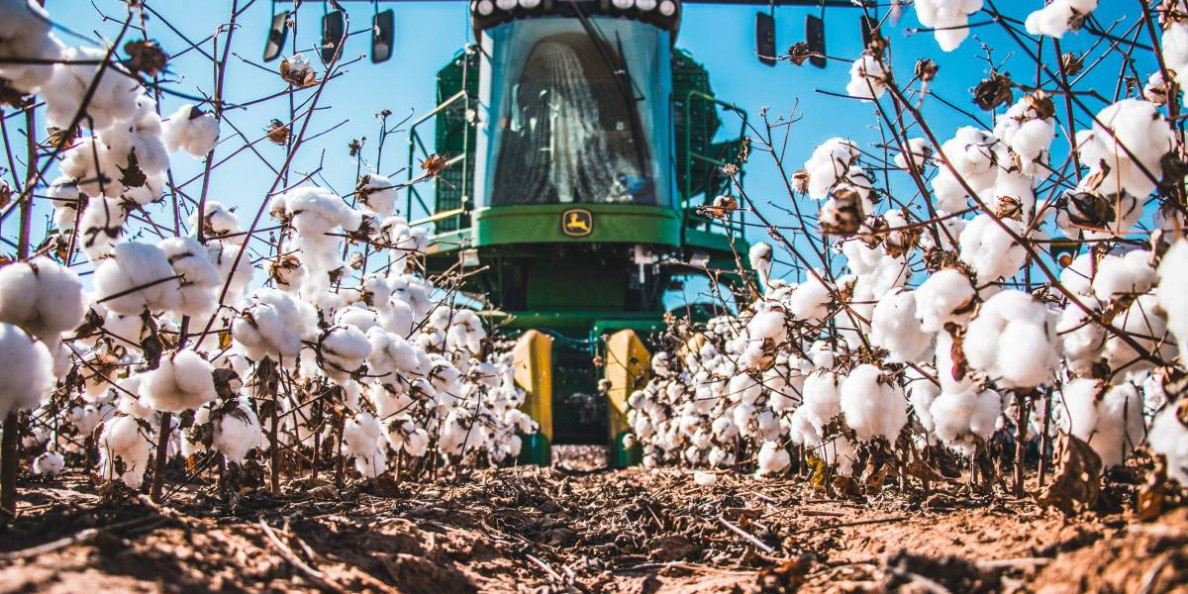By Jim Steadman
The curse of a market with poor demand: the crop has gone to the dickens across much of the Cotton Belt, and prices are following the crop.
We should expect prices to struggle, but the market took back 427 points this week after teasing traders with a 360-point gain last week. Again, not to belabor the subject, just one word will do – demand. Demand makes markets, not supply.
The trading range continues, but the market should again stretch into the high 80s. The 90-cent door has not been closed. But, as stated last week, it will be a tough tough task to stretch that high. We continue to advise growers to begin pricing at 86 cents. Add to that pricing on a 150 point move higher (87.50) and then add more with another move 100 points higher (88.50).
Yet, just as we observed this week, the market will tend, from time to time, to challenge the 83-cent level on the downside. Mill demand and mill price orders, currently existing near the 83-cent level, should support the market near that level or slightly below.
The current week’s downturn was associated with the extremely bearish economic news regarding the U.S. economy. Principal indicators suggest inflation has in fact begun to increase, and that the economy will see interest rates as much as one half of a percent higher. Both factors have a major impact on the demand for cotton.
Last week, the U.S. crop was positioned to improve but such does not seem to be the case. Acre after acre has cut out. In fact, the miles are long in search of a cotton that has not already cut out in both the Mid-South and Southeast regions. Yet, growers are cautioned that they should not expect the short crop to push prices higher.
We have long stated that demand improvement would surface at the end of the first quarter of 2024. While we hinted that the improvement could be as late as the early second quarter, we now face the situation and suggest that improved demand is likely as far out as the third quarter 2024 – i.e., July-August-September 2024.
Pakistan has for the past several years been a major importer of cotton. The region has suffered a number of weather-related natural disasters that reduced recent production. However, the current crop has progressed impressively, and the country will harvest a bumper crop. Thus, Pakistani import demand will be reduced considerably. In fact, the current U.S. weekly export report noted a cancellation of a prior sale to Pakistan. There are more coming.
China does continue as a major imported of U.S. cotton. However, as warned, the U.S. is losing a share of that primary U.S. export market to Brazil. China’s willingness to prop up its textile industry at the expense of other sectors has somewhat helped cotton demand. USDA noted such in its world supply demand report that China would use 500,000 bales more than previously suggested. However, some of this is related to building yarn inventory in anticipation of future demand.
Cotton prices must wade through the anomalies of the current U.S. and world economic difficulties. As much as we wish those were in the past, the world economic order continues to struggle. With China now joining the U.S. on the list of countries with troubled economies, the concern that the world’s two largest economies are again inflating will keep any bulls out of the cotton market for the remainder of 2023.
Give a gift of cotton today.
Jim Steadman is Field and Online Editor for Cotton Grower magazine. He has spent more than 35 years in agricultural writing and marketing.
Source: cottongrower.com

